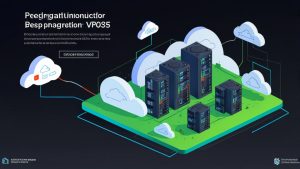1. Introduction
Managing access permissions on a server is a crucial aspect of information system security. Properly configured access permissions help protect data confidentiality and prevent unauthorized access to the system.
2. Defining Requirements
Before configuring access permissions, it’s essential to determine which users should have access to the server and what permissions they should be granted. Divide users into groups based on their role in the system and identify which files and directories they need access to.
3. User Management
To manage users on the server, use the commands
adduserand
usermod. Create individual users for each group and assign them the appropriate access permissions.
4. Configuring File and Directory Permissions
To set file and directory permissions, use the command
chmod. Manage file and directory permissions using symbolic notation or numeric notation. Remember to set the correct permissions for directories so that users can read, write, and execute files within them.
5. Using ACLs
For more flexible management of file and directory permissions, use Access Control Lists (ACLs). ACLs allow you to assign individual access permissions for each user or group of users.
6. Regularly Updating Permissions
After installing and configuring access permissions on the server, remember to periodically check and update them. Remove outdated users, changed roles, or user groups from the system, and update file and directory permissions as needed.
7. Security Audit
To ensure server security, regularly audit access permissions. Check the list of users, their access rights, and monitor for possible unauthorized changes. If anomalies are detected, take immediate action to correct the situation.
8. Conclusion
Managing access permissions on the server plays a key role in ensuring the security of the information system. Follow the recommendations for configuring and updating access permissions, use ACLs for more precise access control, and regularly check the server’s security. This is the only way to ensure data protection and prevent potential security threats.





